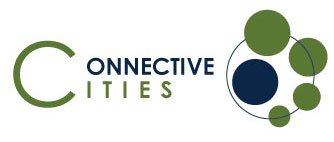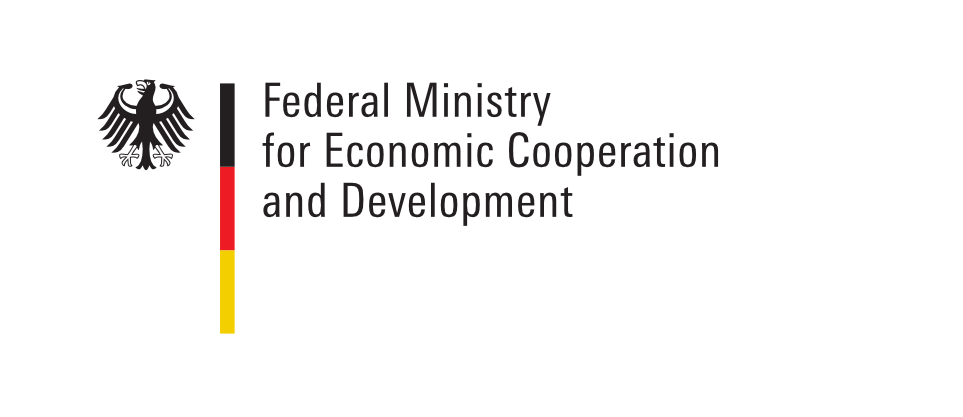- DE |
- EN
The first VLR of the city of Amman, which is the first in Jordan and the Arab region as a whole, creates coherence between national and local strategies
Overview
With four million inhabitants, the Jordanian capital is home to around 40 per cent of the country's total population. In 2021, Amman's city administration, the Greater Amman Municipality (GAM), decided to create a VLR - the first in the Arab region. In the summer of 2022, the VLR was finalised and presented together with the Voluntary National Review (VNR) at the UN High-Level Political Forum in New York.
The VLR has proven to be a complete success - both as an analytical tool and as a process:
- An ‘ecosystem’ for collecting validated data has been developed.
- Sustainability goals (SDGs) were integrated into various areas of policy, strategy development and administrative action.
- New formats for citizen participation were trialled.
- New projects and partnerships were initiated and ongoing ones strategically interlinked;
- The digitalisation of the administration is very advanced.
The simultaneous creation of VNR and VLR ensured policy coherence and mutual support between the two levels.

Background
While still recovering from the COVID-19 pandemic and the lasting shock it had caused to social and economic life, the city of Amman decided to create the first VLR in the Arab region in 2021. The pandemic had strengthened the commitment of citizens and the local government to find innovative solutions to environmental and social challenges. This was also a good opportunity, as the national government had started to draft its second Voluntary National Review (VNR) at the same time.
Objectives
The objectives of the VLR are manifold:
- To take stock of the development successes of the last ten years or so, but also of the challenges that still exist;
- to set priorities for future development together with business, science and civil society organisations;
- to create understanding and transparency for administrative action;
- to gain new partnerships for sustainable urban development;
- to ensure policy coherence between the local and national levels through the parallel preparation of VLRs and VNRs;
- to involve international expertise and generate incentives for technical and financial support for further development projects;
- to accelerate the implementation of the SDGs at the local level;
- ultimately to make the city of Amman more liveable for all with broad participation.

Activities
Around 60 representatives from the administration and around 40 selected stakeholders from science, business and civil society as well as experts from UN-Habitat and United Cities and Local Governments (UCLG) were invited to a first major kick-off workshop:
Six SDGs were prioritised for the creation of the VLR:
- SDG 3: Good health and well-being
- SDG 7: Affordable and clean energy
- SDG 9: Industry, innovation and infrastructure
- SDG 11: Sustainable cities and communities
- SDG 13: Climate action
- SDG 17: Partnership to achieve the goals
The selection criteria were relevance for political development, the city's priorities and challenges, consideration of the city's competences and the availability of data.
Parallel focus groups were formed to underpin the goals in various areas with activities/projects, milestones and indicators and also to estimate the financial impact. The expert knowledge and guidelines of UN-Habitat and UCLG for the creation of VLRs were taken into account, as were the objectives of the VNR.
In regelmäßigen Teamsitzungen, online wie offline, wurde der VLR weiterentwickelt und alle GAM-Partner*innen für die Bedeutung der SDGs weiter sensibilisiert.
Strong political support from the local government as well as the active participation of civil society organisations contributed significantly to the creation of the VLR.
Co-operation with the central government through joint committees also proved to be very helpful. It enabled better access to national statistical data as well as harmonisation of the objectives of the VNR and VLR.
The administrative department ‘Amman Urban Observatory’ has existed since 2009 and has since developed many indicators and gained experience in the validation of data. An ‘ecosystem’ for data has been established through cooperation with the national statistics authority, the private sector, for example electricity and water suppliers, and other data providers. Questionnaires were developed to fill data gaps and validate existing data.
Benchmarking with other cities in Europe that have already created VLRs, in particular Helsinki, and with expert support from the United Nations Economic and Social Commission for West Asia (ESCWA), UN-Habitat and UCLG served to enhance quality assurance and the international exchange of experience.
In summer 2022, those responsible from Amman jointly presented the VNR and VLR at the High-Level Political Forum in New York.
Effects
During the lockdown in 2021 in the wake of the COVID-19 pandemic, field visits were made to analyse the needs of people in various districts of Amman. This gave rise to the ‘Amman is listening’ project: In less than 20 minutes, all essential products and services for daily needs should be within walking distance for all residents of Amman. The central element of the project is an internet platform with interactive maps, to which residents can also contribute information. The project, which made Amman a winner of the Bloomberg Philanthropies' Global Mayors Challenge in 2022, will enable citizens to navigate the city more easily in the near future and also point out deficits in order to improve urban planning. For the VLR, it is another treasure trove of data and will be further promoted by it.
The VLR of Amman is focussing on the use of digital tools for city administration and public services. All citizen services are now digitalised.
A climate-protecting and climate-resilient urban infrastructure will be promoted, particularly in the areas of water, waste, transport, energy and public green spaces. The number of urban green spaces or ‘gardens’ is to be increased from 146 to 180 by 2026. New gardens are currently being created with Japanese support by creating micro-forests according to the Japanese Miyawaki method.
The city has switched to 100% LED street lighting and 50% of the city council's vehicle fleet is now electric and CO2-free.
Many public buildings are equipped with solar panels, which largely cover their electricity needs. In addition, a municipal company produces biogas from the city's biowaste, which is also used for the electricity supply.
The VLR
- has integrated the SDGs into policy, strategies, programmes and partnerships as well as into municipal processes;
- developed new approaches to participatory planning to achieve the SDGs;
- includes initiatives to promote gender equality, e.g. programmes that focus on women's economic empowerment, access to education and inclusive policy making.

Conclusions
Overall, the VLR can be seen as a great success for the urban development of Amman, both as a tool and as a process. Ongoing projects were strategically interlinked and new projects with new partnerships were initiated. Financial resources from international initiatives and UN organisations have also been acquired as a result. The international exchange has proven to be very important for the transfer of knowledge.
The GAM is also encouraged to test and further develop innovative methods of citizen participation and civic engagement that involve women, young people and children. Existing good practices in the field of urban planning and in various municipal sectors are being expanded.
The increased production of high-quality urban data using international standards became a development priority. An ‘ecosystem’ for urban data with various data providers was developed under the coordination of the Urban Observatory. This contributes to improving the quality of evidence-based decision-making processes and increasing the accountability and transparency of the public sector.
The implementation status of the VLR is currently being analysed and a second VLR is being prepared, which will outline the planned development up to 2030 and integrate the SDGs even more strongly into the city's master plan and municipal work.
The skills and knowledge gained within the local government institutions improve the implementation and monitoring of the SDGs and increase long-term resilience on Amman's declared path to becoming climate neutral by 2050.
weitere Informationen
Voluntary Local Review
The City of Amman, Jordan
July 2022
Published: 07/03/2025
Kontakt
Eng. Akram Khraisat
Greater Amman Municipality (GAM)
Director of Amman Urban Observatory (AUO)









![[Translate to English:] ??? | Photo: Greater Amman Municipality](/fileStorage/_processed_/c/9/csm_g9_175abbf6b0.jpg)



















